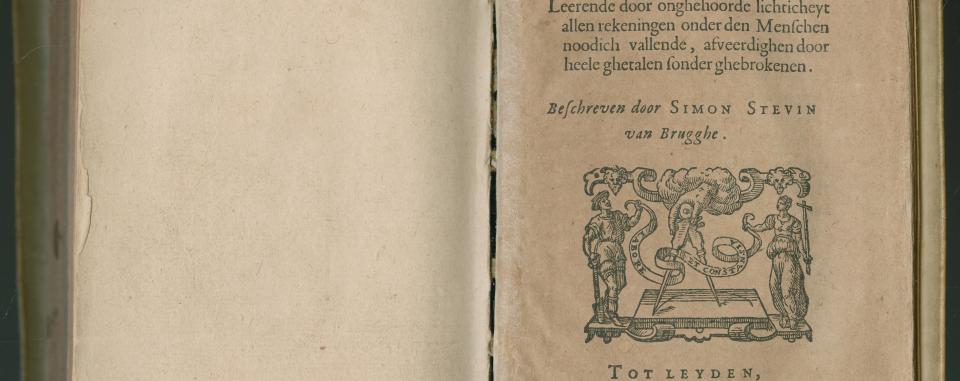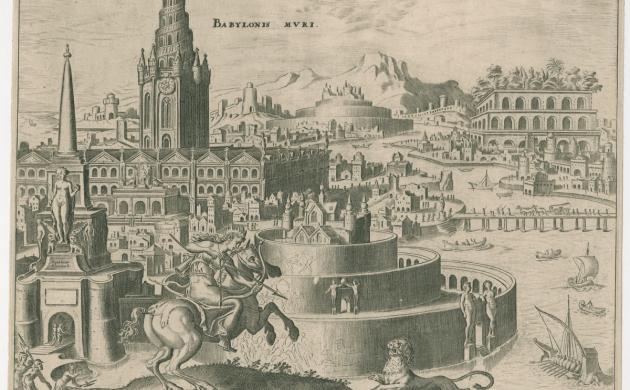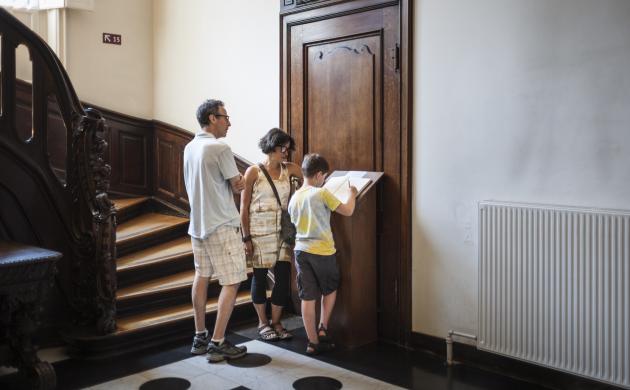18.05.2020 | The Plantin-Moretus Museum partners with Google Arts & Culture and launches several online exhibitions on Monday May 18, International Museum Day, including one on the work and life of mathematician genius Simon Stevin.
In 1585 Christopher Plantin prints one of the most influential mathematical works of his time, De Thiende by Simon Stevin. Stevin is a mathematician and inventor. He designs windmills, sluices, dredgers and even a beach sail car. In physics he is the inventor of the law of the inclined plane. With the decimal notation he describes in De Thiende, calculations are greatly simplified. Centuries later, this work inspires Thomas Jefferson, former President of the United States, to commit the dollar. The first US dollar comes in 1792. Jefferson wants to classify the currency according to the decimal system. In his defense he refers to the work of Stevin. His setup works: 1 dollar becomes 100 cents, 1/4 dollar becomes 25 cents.
The Officina Plantiniana, the printing company by Plantin, prints up to 90% of Simon Stevin's entire oeuvre and is thus responsible for the international dissemination of the findings of this top scientist. That is why the Plantin-Moretus Museum is putting Simon Stevin in the spotlight this year.
“We are excited to partner with Google Cultural Institute to bring our collection online. The Plantin-Moretus Museum collection is so comprehensive and in some cases very fragile that it is impossible to disclose the entire collection. That is why the museum now also presents online exhibitions on Google Arts & Culture, the arts platform of Google Cultural Institute. This technology enables our museums to present its impressive collection online. With this, it makes its museum treasures accessible to people all over the world, while at the same time creating new experiences for museum visitors. "- said Iris Kockelbergh, director of the Plantin-Moretus Museum.
Discover the web expo about Simon Stevin here

Plantin, a popular publisher of scientists and humanists
About Google Arts & Culture
Google Arts & Culture brings art, history and culture of more than a thousand organizations worldwide online in an innovative and inspiring way. Google Arts & Culture is a platform of the Google Cultural Institute and is available for free.
500 years of Guicciardini in 2021




